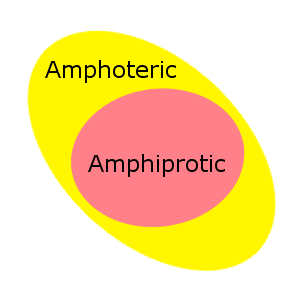
Amphoteric nature of water a complete overview. Molecules or ions that have the ability to accept or donate a proton are called amphoteric substances. e.g water
To understand the amphoteric nature of water, we have to understand the Bronsted lowry concept of acid and base.
Bronsted-Lowry concept of acid and base:
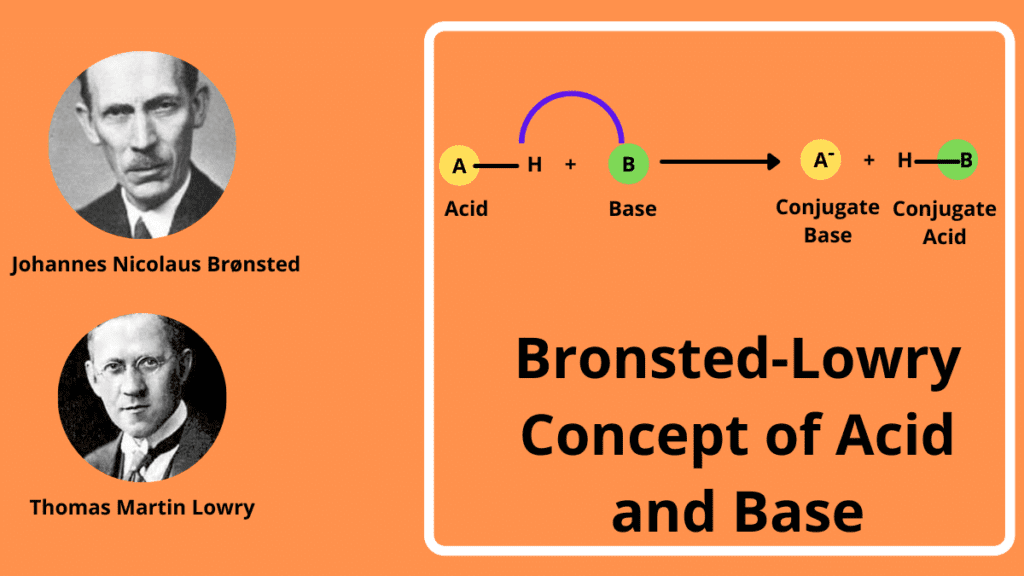
In 1923 a Danish chemist Johannes Nicolaus Bronsted and an English chemist Thomas Martin lowry introduced the concept of acid-base:
According to this concept;
Acid:
Acid can be defined as; an acid is a substance that can donate a proton to another substance in other words we can define the Bronsted acid as any hydrogen-containing species, a molecule, a cation, or anion which can release a proton to other substances.
we can say that acid is a proton donor species.
Base:
According to Bronsted Lowry, a concept base is a substance that can accept a proton from another substance we can also say that a Bronsted base is any species, molecule, cation, or anion that has the ability to accept a proton from another substance.
So base is proton acceptor species.
Example of an acid-base reaction:
Forward reaction:
In the following reaction, HCl donates a proton to water so that’s why it is an acid. On the other hand, we see that water accepts a proton from acid so water acts as a base.
HCl + H2 O → H3 O+ + Cl–
Reverse reaction:
In reverse reaction proceeding equilibrium at the rate equal to forwarding reaction, H3 O+ ion donates a proton to Cl– ion so we can say in this reverse reaction H3 O+ acts as an acid and Cl– acts as a base by accepting a proton.
H3 O+ + Cl– → HCl + H2 O
Overall reaction:
HCl + H2 O ⇌ H3 O+ + Cl–
Points to be noted:
- A substance acts as a Bronsted acid to donate its proton when there is another substance to accept this proton is also present for example acetic acid does not react as an acid in benzene solution reason is that no species accept the proton donated by acid.
- According to Bronsted Lowry concept, the presence of a hydroxyl group is not essential for a substance to behave as a base. the requirement to behave like a base is that to have the ability to accept the donated proton.
Conjugate acid-base concept:
To understand the concept of the conjugate acid-base following example will help us.
HCl + CH3 COOH ⇌ C H3 COOH+2 +Cl–
Forward reaction:
In the forward reaction we found that HCl donates a proton to CH3 COOH acts as a Bronsted acid by donating a proton to CH3 COOH .And CH3 COOH accepts a proton from HCl and it acts as a Bronsted base.
Reverse reaction:
In the reverse reaction, we found that CH3 COOH donates a proton to Cl– ion. C H3 COOH+2 acts as an acid by donating proton and Cl– acts as a Bronsted base by accepting the proton.
Points to be noted:
There is one acid and one base in both forward and reverse reactions of equilibrium. If HCl is considered to be acid 1 then we say its conjugate base is Cl– ion considered to be base 1.similarly CH3 COOH is considered as base 2 then we can say its conjugate acid is C H3 COOH+2 considered to be acid 2.
so we can write the above equation as ;
HCl + CH3 COOH ⇌ C H3 COOH+2 +Cl–
acid 1 base 2 acids 2 bases 1
- Each acid and base has two conjugate acid-base pairs.
- The conjugate base of the given acid is obtained by removing a proton from acid .Similarly conjugate acid of the given base is obtained by adding a proton to the base.
Amphoteric nature of water:
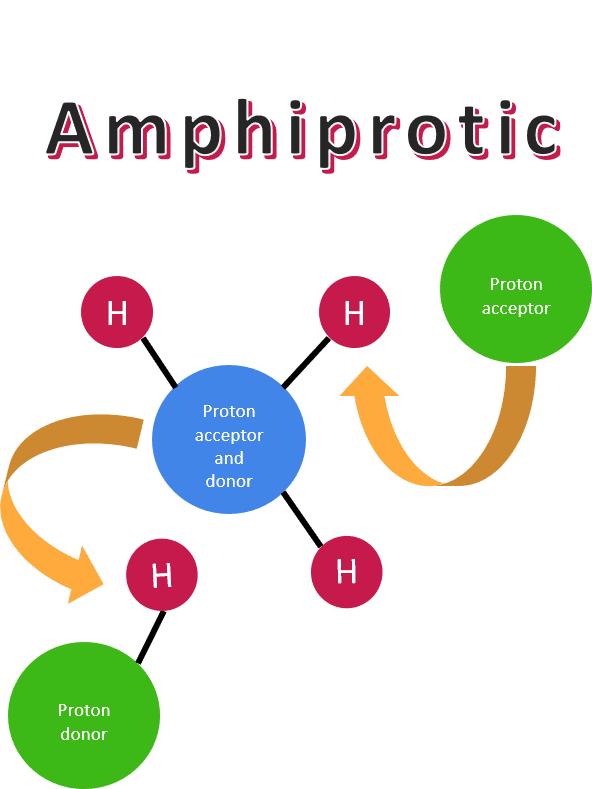
The substances that have the ability to acts as an acid as well as the base is amphoteric also defined as molecules or ions that can donate or accept a proton are called amphoteric.
or
The molecules or ions that act as Bronsted acids or Bronsted bases are called amphoteric substances.
Examples declaring the amphoteric or dual nature of water:
the following example helps us to understand the amphoteric nature of water and how its acts as acid as well as the base.
H2 O + NH3 ⇌ NH4+ + OH– ……..(1)
HCl + H2 O ⇌ H3 O+ + Cl– ……..(2)
In the reaction 1 water molecule loses or donates a proton and it acts as an acid.
In the reaction, 2 water molecules gain or accepts the proton and acts as a base.
So we can say that water can accepts as well as donate a proton to another so water is an amphiprotic substance and has an amphoteric nature.
Applications of amphoteric or dual nature of water:
The amphoteric or dual nature of water helps to explain the following
An aqueous solution of Na2 CO3 is Alkaline:
When we dissolve Na2 CO3 in water CO3 -2 ions are produced that are a strong proton acceptor, it accepts a proton from water to produce HCO–3 and OH– ions.
Finally, NaOH and NaHCO3 are produced.
NaOH is a strong base .so we can say that aqueous solution of Na2 CO3 is Alkaline.
Na2 CO3 ⇌ 2Na+ + CO3 -2
H2O + CO3 -2 ⇌ HCO–3 + OH–
Bronsted acid Bronsted base
Na2 CO3 + H2 O ⇌ 2 Na+ + HCO–3 + OH–
Na2 CO3 + H2 O ⇌ NaHCO3 + NaOH
Strong base
An aqueous solution of salts of Fe3+, Al3+, etc are acidic:
An aqueous solution of salts of Fe3+,Al3+ etc when hydrated they form hydrated metal cations,
The example is as follow;
Fe3+ + 6 H2 O ⇌ [Fe( H2O )]3+
Al3+ + 6 H2 O ⇌ [Al( H2O)6]3+
these metal hydrated cations are strong proton donors and they donate protons to water to produce H3 O+ ions which make the solution acidic.
[Fe( H2O )]3+ + H2 O ⇌ [Fe( H2O)6 (OH)]3+ + H3 O+
Bronsted acid Bronsted base
[Al( H2O)6]3+ + H2 O ⇌ [Al( H2O)6(OH)]3+ + H3 O+
Bronsted acid Bronsted base
we observe in the above two applications that ;
In example 1 water acts as a Bronsted acid and in example 2 water acts as a Bronsted base so we proved that water has dual or amphoteric nature.

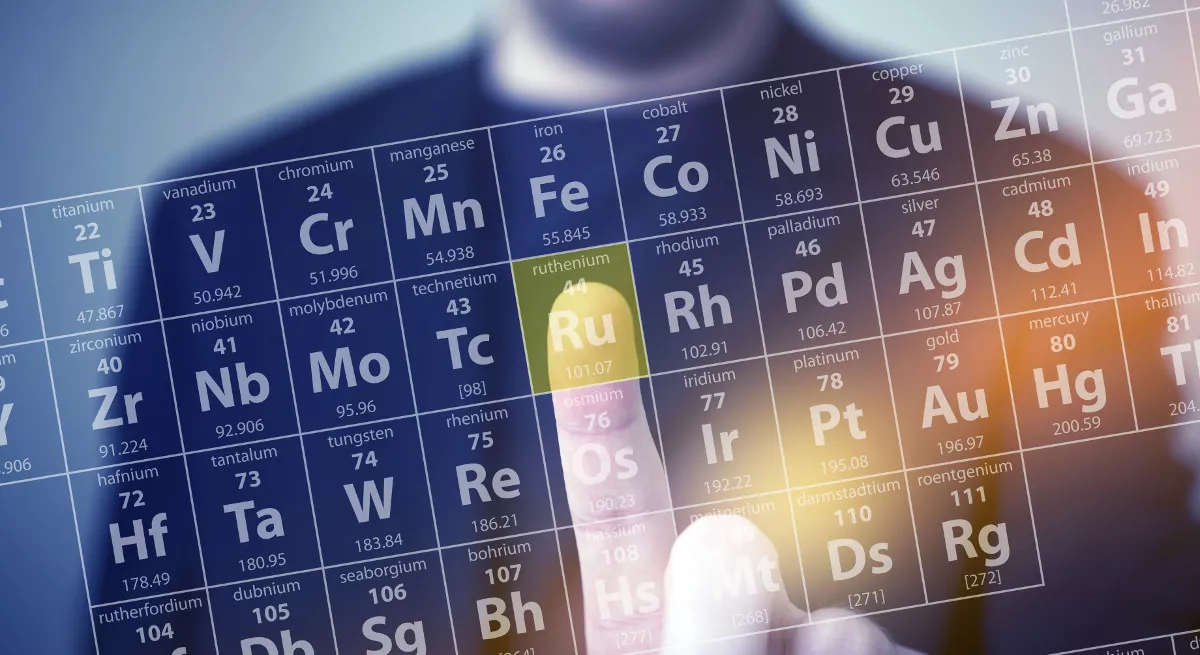
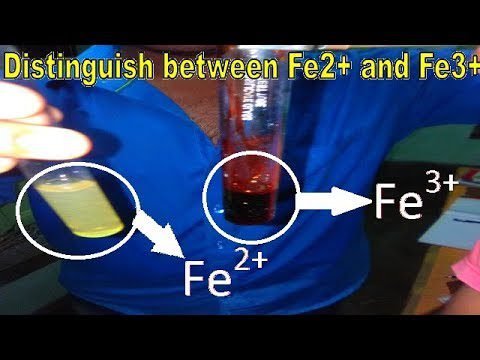
Leave a Reply